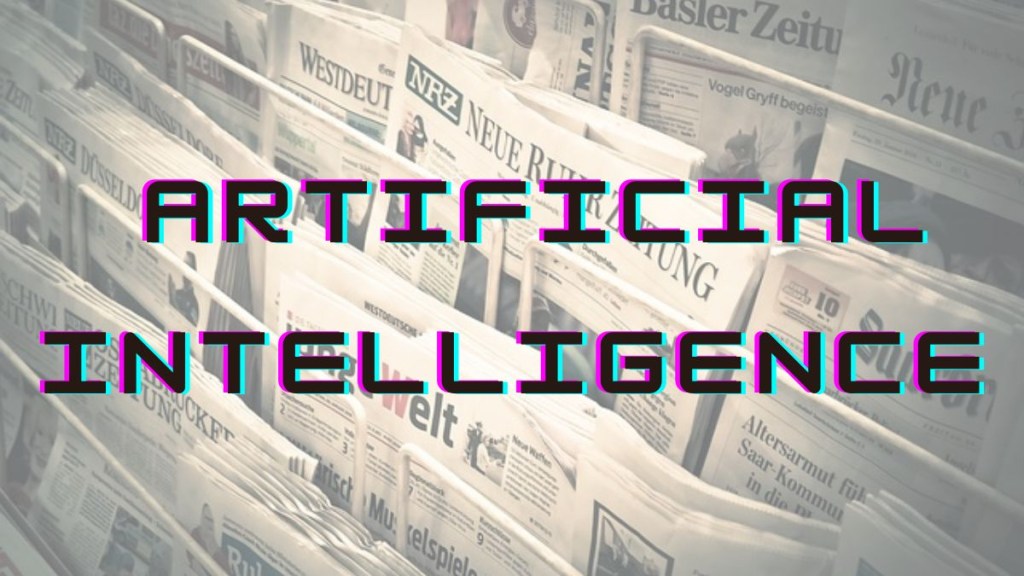By Shashank Srivastava
Artificial intelligence (AI) exited 2023 on a high after a year of tremendous growth across adoption, capabilities, and funding. But if we think that was impressive, 2024 is shaping up to take AI to stratospheric new heights across sectors worldwide.
I anticipate five key trends that will unfold in 2024 to expand AI’s already massive disruptive impact: the rise of LLMs, the march towards artificial general intelligence (AGI), increasing real-world deployment, the expansion of AI ethics frameworks, and the democratization of capabilities to empower new creators. Let’s look at what’s driving these forces and their sectoral implications.
The LLM Revolution
AI models saw their most impressive advancement in 2022 through Large Language Models (LLMs) like Anthropic’s Claude, Google’s PaLM, and Meta’s Galactica. LLMs integrate gigantic sets of text data, allowing unprecedented text comprehension, writing, and reasoning ability.
As exponential growth in computing power and data continues, I foresee LLMs becoming integral across sectors in 2024. They’ll take on augmented writing roles, enhance legal contract review, optimize marketing content, automate customer support, and debug computer code. LLM integration will essentially expand productivity via their ability to interpret, summarize, and produce written content.
March Towards Artificial General Intelligence
LLMs also represent stepping stones towards advanced AI or artificial general intelligence (AGI) – algorithms nearing human-level reasoning skills across areas. They showcase potential seen in narrow AGI demonstrations like chatbots leveraging memory to discuss complex topics.
2024 may see bigger strides towards multifunctional AGI if models can master retaining context-based memory and judgment capabilities over time. I expect continued research by groups like Anthropic, DeepMind, OpenAI and more who target safe pathways to achieve this.
Sectoral Deployment At Scale
While AI has already quietly permeated businesses through optimized search results, predictive analytics, automated warehouses, and more – 2024 may finally witness its visible breakthrough into the real economy.
Across sectors like manufacturing, healthcare, finance, retail, and governance – AI tools are nearing deployment readiness for end-users following years of quiet development. These span AI-guided robots, chatbots handling customer queries, crop disease predictors on farms, smart power grids in cities and beyond – all integrating sensors, apps, and analytics tailored to users lacking AI expertise.
Widespread real-world integration in 2024 could be a watershed moment taking economic and social disruption by AI models to the next level. It may finally kickstart visibility and urgency around managing their second and third-order impacts proactively.
Expanding AI Ethics Frameworks
The rapid growth of real-world AI systems will correspondingly accelerate dialogue and development around ethics guardrails in 2024. Groups like the Institute for Ethics in AI, Partnership in AI, and the OECD Global Partnership on AI have already made strides by releasing frameworks centered on principles for fairness, accountability, and transparency.
I expect continued expansion of such multidimensional guardrails through integrated self-assessments and external audits embedded during design phases of AI systems. There is also likely to be increasing consensus on uniform reporting standards for metrics like safety, data quality, and algorithm reliability to enable better oversight. Global coordination on AI standards will further take center stage.
Democratizing AI Creation
Finally, beyond ethics, an underappreciated trend is the democratization of AI development through no-code tools. Platforms like Datatron from Anthropic allow non-experts to train custom NLP models using simple workflows – without needing programming skills or resources.
Putting such rapid prototyping power directly in the hands of domain experts (e.g. bankers making credit risk models) reduces barriers to customization and accountability. In 2024, I expect more active participation by end-users in tailoring and vetting AI to their unique needs through such platforms as capabilities expand. This brings alignment, innovation, and guardrails directly to those understand use cases best.
The Way Forward
As 2024 unfolds, the stage seems set for AI to build substantially on its already impressive momentum. Drivers spanning new architectures like LLMs, mounting AGI potential, real-world launches, coordinated ethics and democratizing tools can catalyze a new wave of AI integration, while unlocking its next evolution frontiers.
Rapid development cycles, paradigm shifts, and disruption now appear par for the course as AI grows ubiquitous across economic and social domains. Future gazing by forecasters also seems moot, with reality vastly outstripping expectations yearly in this space. We must thus brace for impact, build governance proactively, and democratize capabilities prudently to maximize positive outcomes for prosperity and progress ahead.
The author is a global product leader and AI investor









